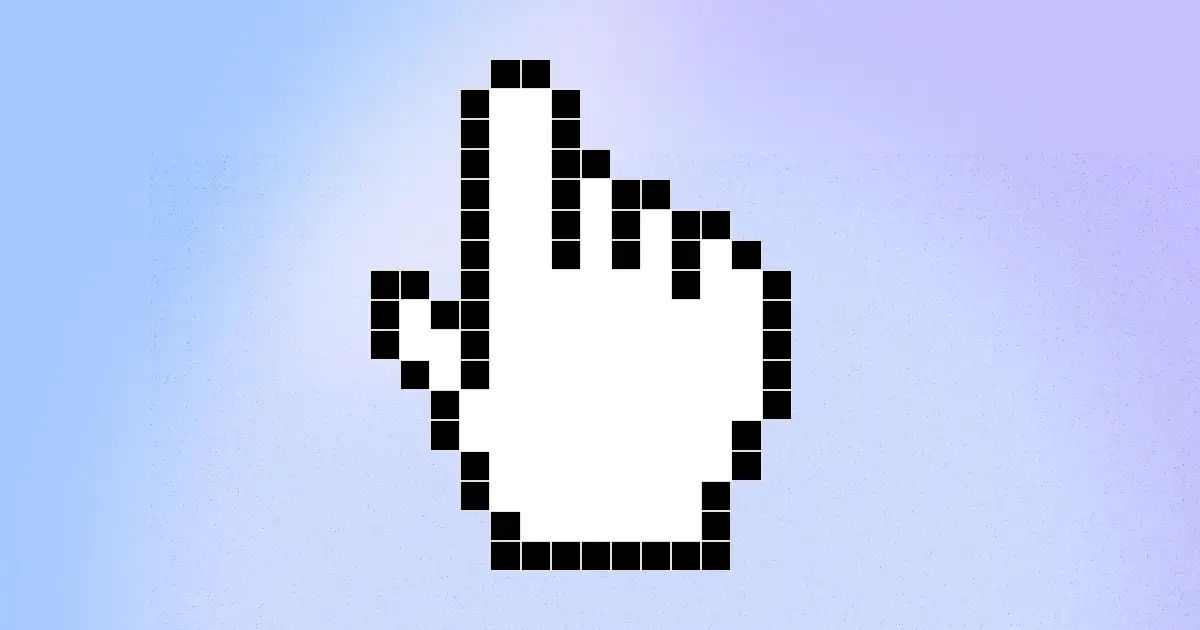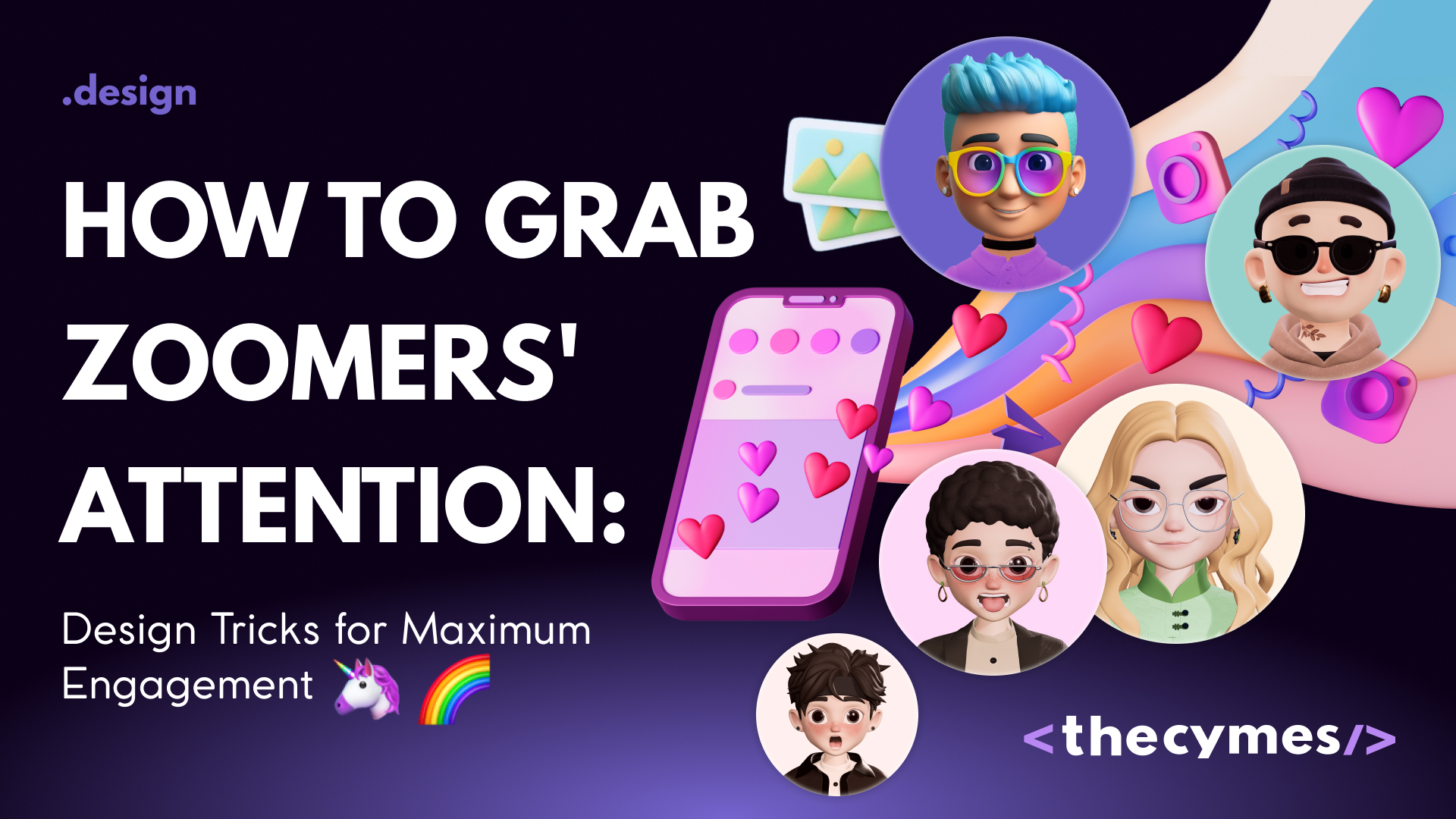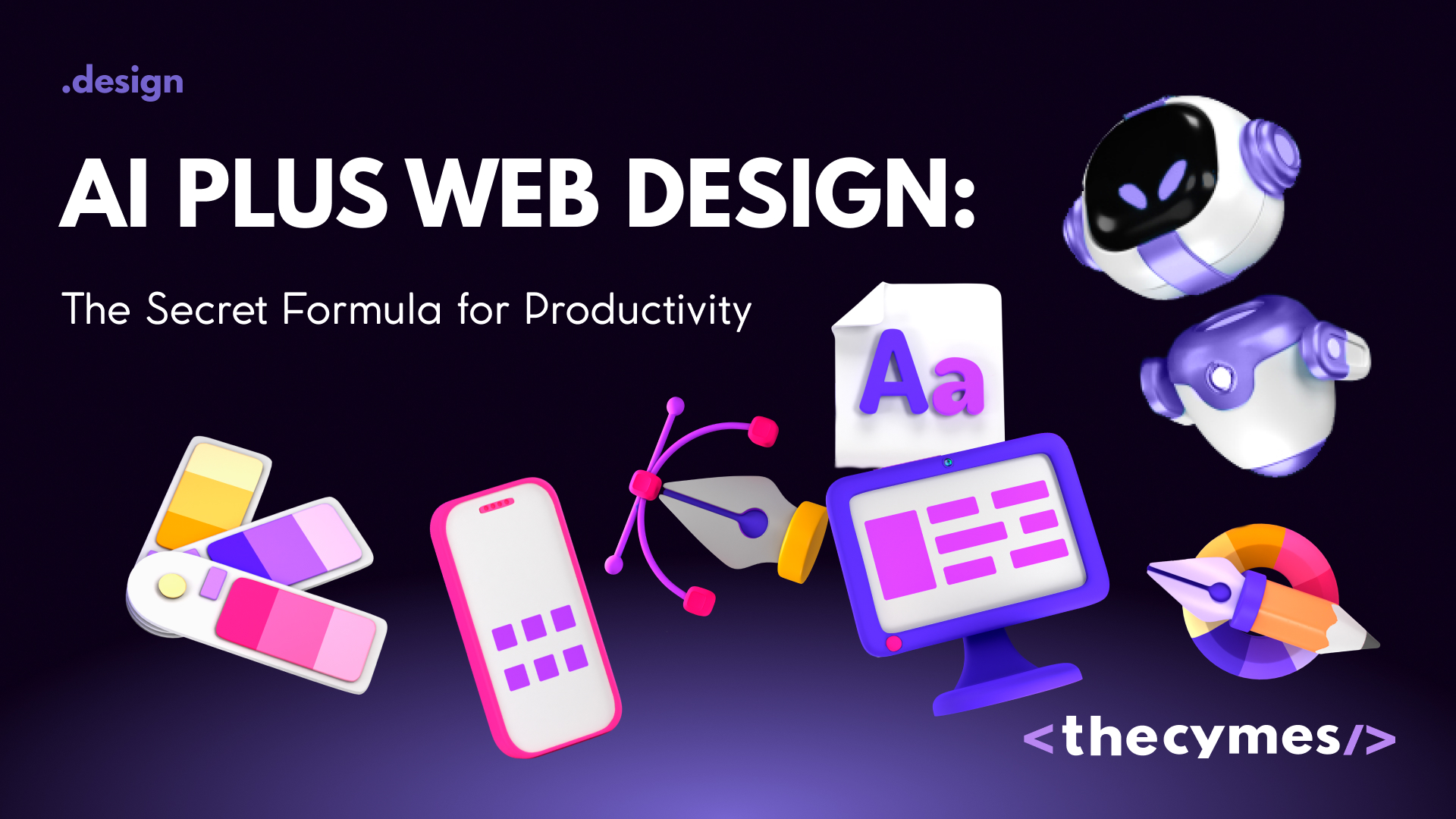Table of Content
Gamify to Amplify: Proven Techniques for Supercharging Your Digital Offerings
/>Discover how to turn your boring old marketing strategy into an addictive adventure that'll have your customers coming back for more. Let's transform your digital marketing from snooze-fest to can't-stop-won't-stop excitement! Are you ready to play?Introduction:
Considering the constant advances in the field of digital marketing and the synthesis of various platforms, companies are always on the lookout for the next big thing that can propel users to stay connected. The first approach that has been adopted in the past years and has been receiving much attention is the use of games or game-like elements. This is where gamification, the implementation of game design elements and mechanics into non-game contexts, seeks to bring life into the technologies and make it easier for brand owners to connect with their clients.
Therefore, the dynamics of digitalization have contributed to the necessity of efficient strategies for using games in any given area. Exploring the key concepts of gamification and its effectiveness, it is possible to reveal numerous opportunities of utilizing the latter for business and customer engagement increase, following the concept of loyalty and better conversions hence, longer-term success.
In this article, you will learn what makes a game or a part of a game truly engaging, what mistakes should be prevented to deliver the best result, and what successful strategies were used in various industries to build successful digital products.
Understanding Gamification:

Image by FreePik
The innovative attempts are worthy of note, and the grand objective of the book, to enlighten the reader about the power of play and the systematic, creative development that it offers, is also noteworthy.
Games are the intersection between fun and non-fun; they are the application of game design and thinking to other domains. It appeals to the naturally competitive and achievement-oriented psyche that exists within all people. Thus, by using game design concepts in digital goods and services, companies can help their target audience focus more on the products’ use and create a more engaging and fun experience, resulting in more sales, user loyalty, and the required behavior.
So, these are the fundamental reasons as to why and how gamification works, and it is all wrapped up in our psychology. It is an intrinsic motivation for end users to contain risks and take up and complete projects – a major motivator inherent to human beings. This match is evident, as the use of game mechanics like points, badges, leader-boards and progress bars appeal to self-organization, personal satisfaction and recognition by others.
Full proof of concept of using gamification as a methodology of change, can be seen when used correctly. Different researches have revealed that there is a possibility of a 40% increase in engagement through use of gamification, a 15% improvement of the conversion rate through use of gamification and lastly a possibility of a 25% increase in revenue through the use of gamification.
As stated earlier, gamification has been referred to as another way of saying fun-making or problem-solving; however, this strategy can underachieve to meet its goals and objectives of providing fun-making and solving problems unless the following pitfalls are avoided.
However, it is crucial to note that gamification is a very promising tool; if the strategy is to be applied, one meets challenges. It comes with some demerits, and one of them is the issue of overuse of non-intrinsically motivated incentives where, in practice when gamification is adopted, externally motivated incentives such as points, badges, and feedback.
But, as has been said, such exterior motivations can be rather useful, despite the discussion that has been made, as long as their application is limited to the short-term period only since the application of carrots and sticks could be considered as truly impressive in terms of practical implementation. However, if such extrinsic motivation incentives are overutilized, then there are some adverse outcomes in the long run bearing in mind; that the end-users will only focus on the monetary and tangible benefits that they are expecting to accrue rather than the experience per se.
One potential negative is the ludification of a game; the literal translation of a game which is to overemphasize the game aspects at the expense of the supposed purpose that a game may provide. Especially highly integrated game-like features which are deployed in an effort to increase usage, can turn into a negative when it is applied in terms of frequency or usability incompatibilities occur. The difficulty is to find out what is the correct level of playfulness to introduce while keeping the usefulness of the supported activities, and thus notice what potentially enhances the general usability as opposed to its reduction.
Gamification strategies and their effective Implementation Techniques
To harness the power of gamification effectively, businesses should keep the following best practices in mind:
- Understand Your Audience: Invest your time to understand your target market inside and out from needs down to the choice of their cups. Adapt the rewards in the game scenarios to map to their preferences and needs specifically.
- Define Clear Objectives: Identity: It is crucial to state out loud the particular objectives for which you are going to use gamification: using or enhancing engagement, increasing the conversion rate, or strengthening customer loyalty. Ensure that, the gamification solutions designed fit into these well-understood objectives.
- Incorporate Intrinsic Motivators: Although solving problems and reaching goals can be facilitated by using extrinsic motivation, using best practice principles of gamification, insights into the motivations that people have to engage in a specific activity are called intrinsic motivation.
- Create a Balanced Experience: Be sure to identify the proportion between game mechanics and the actual value of the digital product. Sub-points related to the interface design should be oriented in making sure that the game mechanics features do not take over the entire concept of the product.
- Foster a Sense of Progression: Simply design some of the mechanics inherently involved in a game where one can get to know how they are performing and set goals for oneself, and how one is actually progressing, and feel like one is advancing. In this regard, such functions as level increase, getting access to new possibilities, options, and receiving visual rewards in the form of icons might be considered.
- Encourage Social Interaction: Apply principles of social psychology by integrating some of the features that could help enhance the effect of rivalry, cooperation, and teamwork among the users. Users will find it fun to compete against other users and thus, incorporating leaderboards, challenges, as well as providing opportunities of user-to-user interactions enhances the overall experience.
- Continuously Iterate and Optimize: It is pertinent that you go back to the users for feedback, use data analytics to understand the results and thus continue to refine your gamification efforts. Always be adaptive to the users and their wants/needs, making changes more often with the intent to indefinitely maintain that user engagement/high levels of satisfaction.
Adopting these best practices, and keeping an eye on the ‘new’ face of the online users, the opportunities to gamify businesses will ultimately transform into phenomenal, exquisite experiences for customers.
Conclusion

Image by FreePik
Furthermore, AI and ML will also help in implementing the concept of gamification as the elements will be adjusted using the analyzed data regarding preferences and habits of the users of digital products. Such a level of personalization will not only increase attention and interaction with content but also promote the formation of meaningful relationships between brands and consumers.
In addition, there will be continued changes in the increased focus on sustainable development and what is socially responsible when it comes to the application of gamification in digital products. New media players may more often deploy Game Based Solutions as means to create self-generated willing subject participation in business-powered sustainable green purchasing practices social responsibility campaigns and solutions thereby engendering a compelling sense of community solution-oriented collective responsibility amongst their users.
It is expected that as more changes come forth in the evolving field of technology, gamification will have a greater impact on forming users’ experiences. Therefore, by masking the challenging necessities of optimal gamification strategies, a business can given more prospects of sustained future success, engaging its audiences and fulfilling long-term potential.




